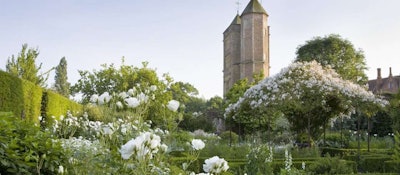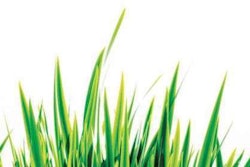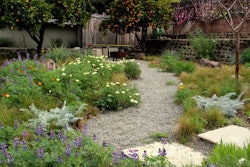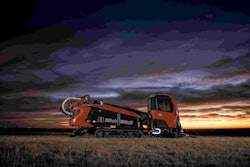 The White Garden at Sissinghurst Castle in Kent, England, peaks in late June.
The White Garden at Sissinghurst Castle in Kent, England, peaks in late June.Photo: National Trust
If your client has ever expressed an interest in picking out plant material, you know that any good nursery is going to have a plethora of options.
According to Hick’s law, the more choices a person is given, the longer it will take to make a decision. Too many options can leave the individual feeling overwhelmed and fearful of making the wrong selection.
One way to avoid this issue with a customer is to suggest using a limited plant palette. By suggesting some simple guidelines, you can narrow the field quickly.
Determine what design functions you need fulfilled in the landscape and what plants can meet that need. Examine the space you’re working with so you know what cultural needs the plants should share. There’s no point showing your customer some shade-loving hostas if their backyard is drenched with sunlight.
When going about selecting your palette, be sure to include a variety of shapes and textures as the diversity will keep the limited shades from becoming too predictable.
By choosing one color or a few, the plant material will create a harmonious feel in the garden instead of an overwhelming sensation from a riot of colors clashing.
A classic example of sticking to the limited plant palette is the all-white garden. The combo of green and white is timeless and elicits a sense of order and tranquility.
Once you’ve laid out the framework, you can focus on the bigger picture and determine how the plants form one cohesive scene. The repeated plant material can provide a sense of unity to the space.
It’s important not to become too repetitive, but certain plants look great when planted en masse, such as perennials like heuchera and ornamental grasses. Another way to spread the material around is to scatter a certain plant throughout the space, creating a rhythm for the eyes to follow.
The added bonus of using a limited plant palette means maintenance can be grouped into large batches. The small number of plant types used will also keep things easy to remember for crews tending the site.









